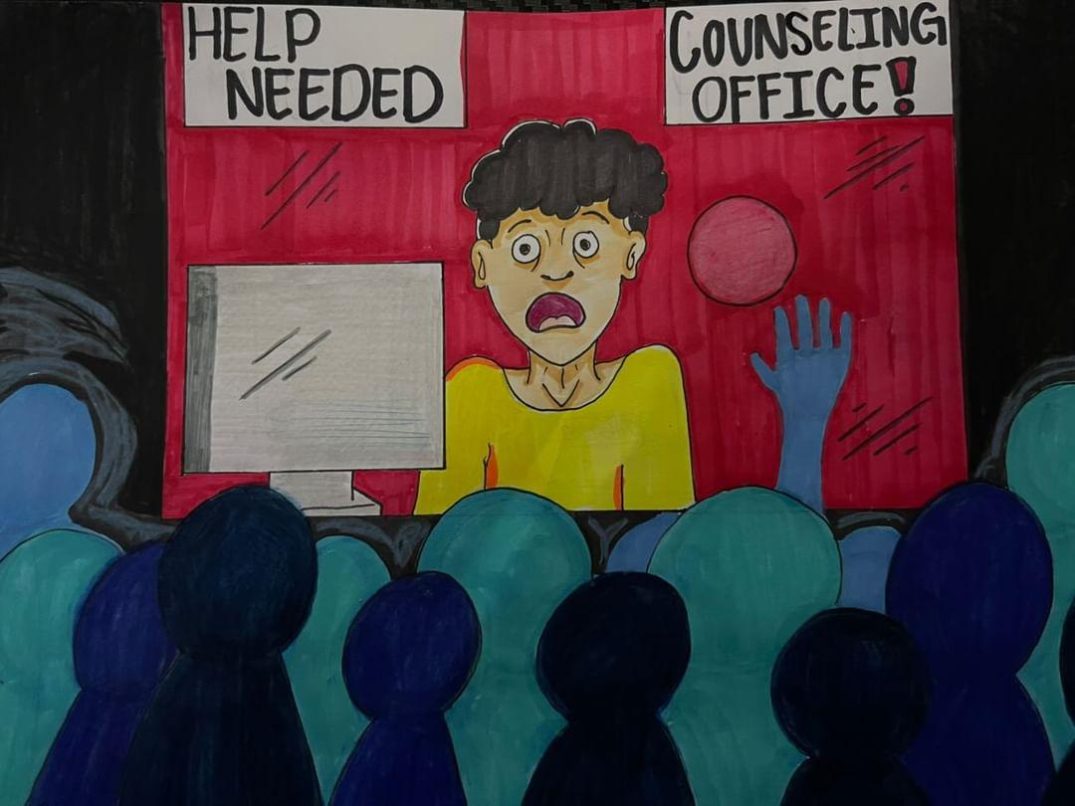Take a drag on a cigarette after an epic moment in a movie and you too can look as cool as the featured heroes or villains on the big screen.
At least that was how the old saying went for movies.
Today’s films may feature more action and violence than before, but it is the puffing of a certain tobacco product that has the Motion Picture Association of America’s rating system under attack.
With more than 400,000 Americans dying each year because of cigarettes, the finger had to point at the causes.
The U.S. Centers for Disease Control and Prevention have said that in the years 2002, 2004-2006 and 2008, that smoking in movies play a large part in why teens pick up the habit.
The numbers help reinforce the argument with a study done by Dr. James Sargent, director of the Cancer Prevention Research Program at Dartmouth Medical School in New Hampshire which shows that children who see the most on-screen smoking are 2.5 times more likely to start smoking.
Many health centers like the U.S. centers for Disease Control and Prevention, American Medical Association (AMA Alliance) and the World Health Organization have stated its support for this mandate.
With this much support from health organizations, surveys by the AMA show 67 percent of the adults polled agree that movies with cigarette smoke should be R-rated unless no danger is shown.
Dissenting opinions are tough to consider because the rating system for movies are designed to help the viewer understand any dangerous content in the film and is in no way a grade for how well a movie is made.
Would this really be considered censorship if it serves as a warning to viewers that tobacco products may be displayed?
More importantly, this mandate will take away the casual influence that the tobacco companies have on films depicting cigarettes as the solution to problems like anxiety, weakness, or even desperation.
Tobacco should be the least of the problems related to a R-rated film because this rating contains other elements such as nudity, hard language and sensual scenes that may influence a viewer more.
The Rating Board thinks that R-rated films should have parents strongly urged to find out more about a certain film before accompanying children.
Parents have as much power as Hollywood to try to control what kids watch by emphasizing the films to avoid until maturity levels are reached.
With this in place, it is optimistic to hope that the percentages of youth smoking will decrease and perhaps Hollywood may get more creative to showcase a new tool for portraying the cool factor.
Looking cool in this generation, without a cigarette sticking to your lip is very possible, both in real life and in films, just like Ferris Bueller.






